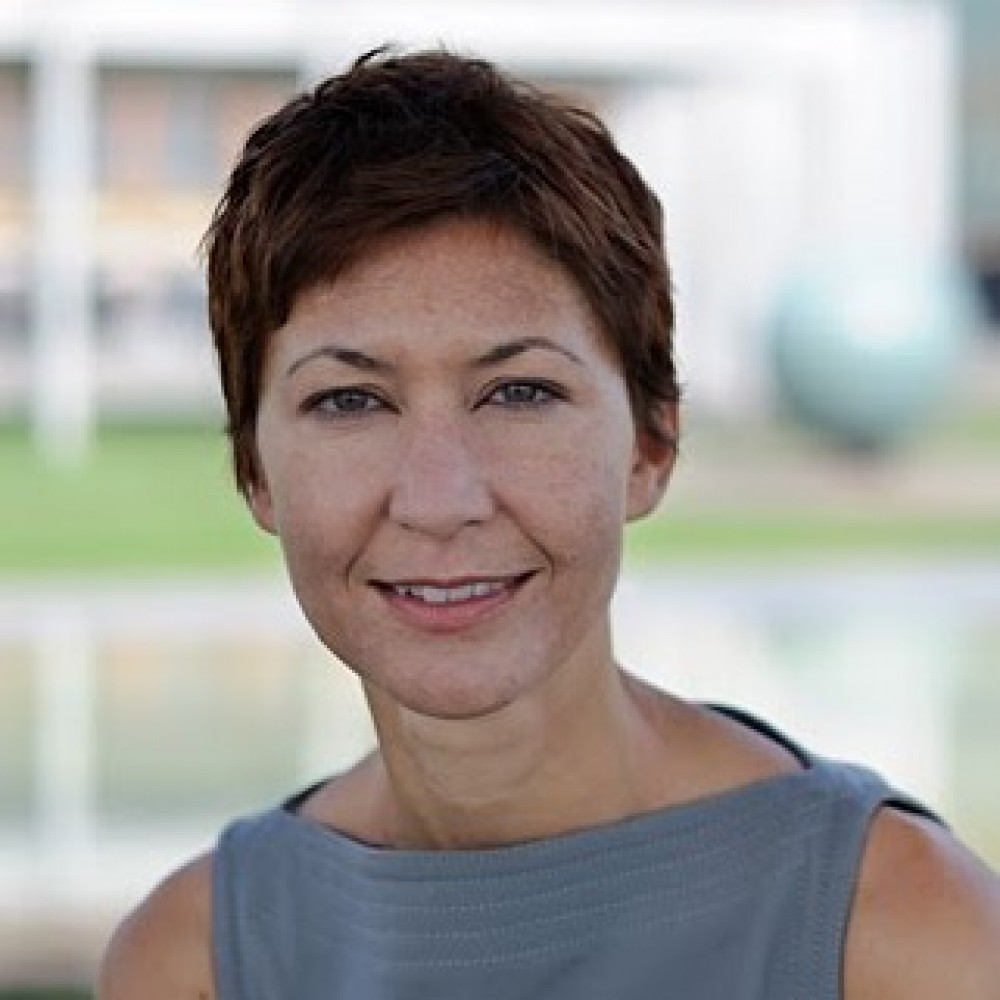Participants
‹ Back
Professor Giovanna Tinetti
Professor of Astrophysics, University College London, Faculty of Maths & Physical Sciences, Dept of Physics & Astronomy
CV
Giovanna Tinetti is Professor of Astrophysics at University College London and Director of the new UCL Centre for Space Exo-chemistry Data at Harwell.
She is the Principal Investigator of ARIEL, the European Space Agency's next medium-class (M4) science mission. She is also co-founder and co-director of Blue Skies Space Ltd, which aims at creating new opportunities for science space satellites.
Select appointments and achievements include Principal Investigator of the European Research Council-funded program Exo-Lights, Cattedra Enrico Fermi 2019 - Sapienza Università di Roma and Institute of Physics Moseley Medal 2011.
Awarded a PhD in Theoretical Physics from the University of Turin in Italy, Giovanna Tinetti has continued her academic career as NASA Astrobiology Institute Fellow at Caltech/JPL and then as European Space Agency external Fellow in Paris, before moving to UCL in 2007 as STFC Aurora and then Royal Society URF Fellow.
Prof. Tinetti has authored / co-authored over 170 research papers and has delivered over 200 talks, seminars and public lectures internationally.
Abstract
Abstract:The Earth is special to us – it’s our home. But is it really special as a planet? Every star we can see in the night sky is likely to be orbited by planets. There are probably a thousand billion planets in our galaxy alone. In about twenty years, over 4000 “exoplanets” have been discovered in distant solar systems. There are planets completing a revolution around their mother star in less than one day, as well as planets orbiting two or even three stars or moving on trajectories so eccentric as to resemble comets. Some of them are freezing cold, some are so hot that their surface is molten. But beyond that our knowledge falters: What are they made of? How did they form? What’s the weather like there? Are they habitable?
A suite of space missions will be launched within the next decade to discover more and more exciting planets and unveil their nature. Finding out why are these new worlds as they are and what is the Earth’s place in our galaxy and –ultimately– in the universe, is one of the key challenges of modern astrophysics.